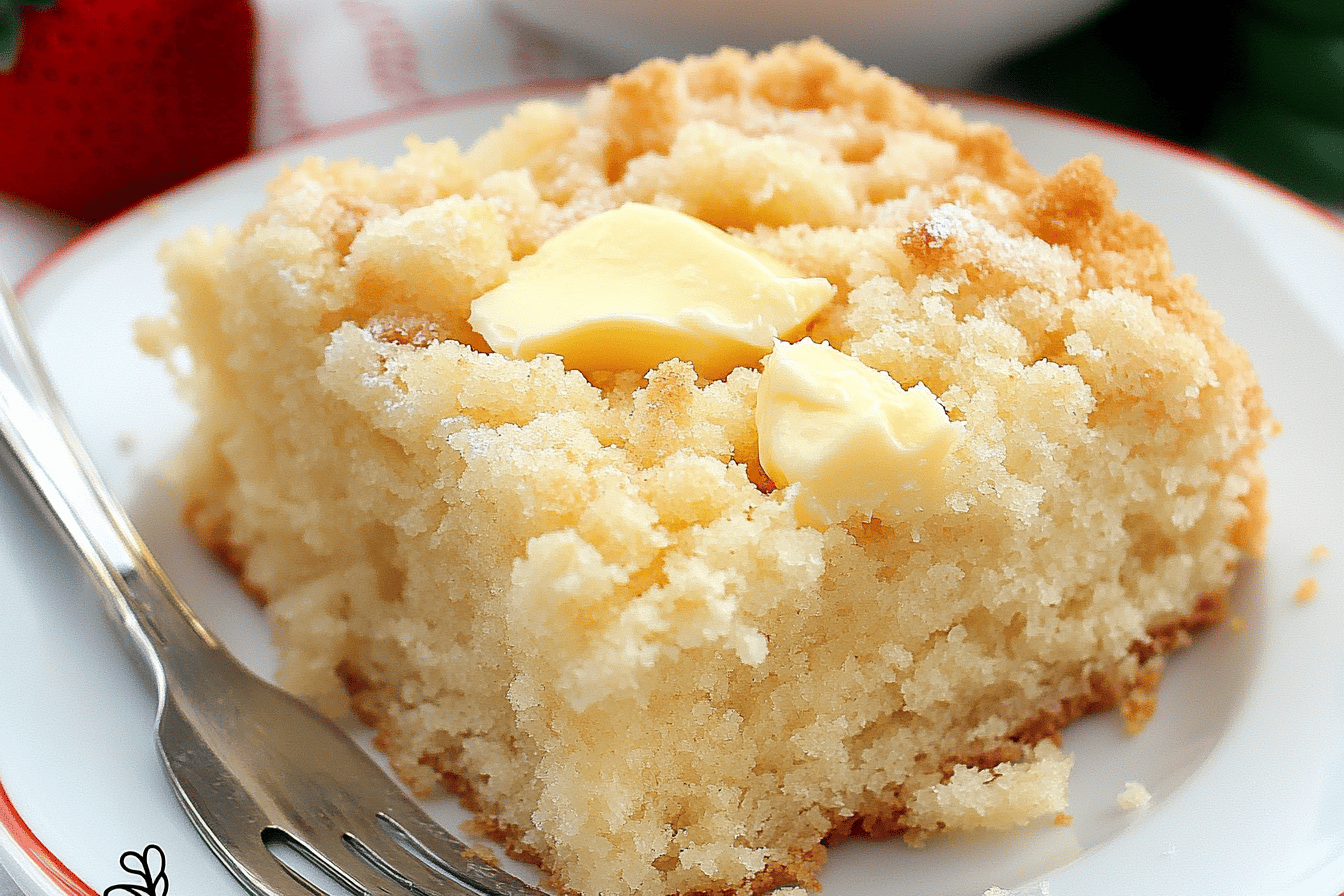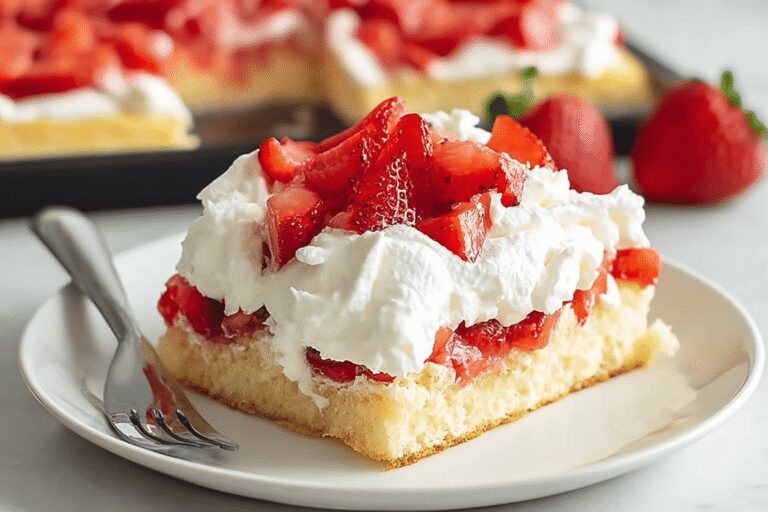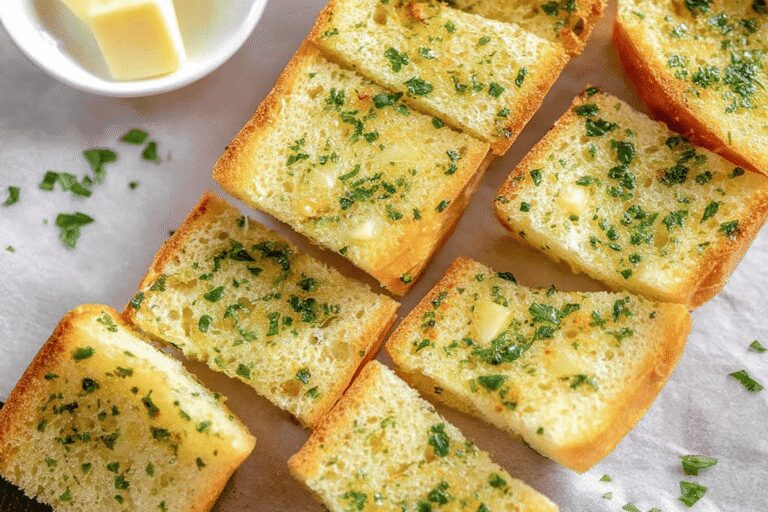Butter Cake Recipe
Introduction
Rasa Malaysia’s Butter Cake recipe is a delightful and timeless dessert that brings warmth and comfort to your kitchen. This recipe is simple, easy-to-follow, and yields a beautifully rich and flavorful butter cake that is perfect for any occasion. Whether you are baking for family gatherings, holiday celebrations, or just to enjoy a sweet treat, this butter cake will not disappoint.
Detailed Ingredients with Measures
To achieve the perfect butter cake, ensure you have the following ingredients measured accurately:
• Unsalted butter: 8 ounces (226 grams)
• Sugar: 7 ounces (200 grams)
• Eggs: 4 large eggs
• Vanilla extract: 1 teaspoon
• All-purpose flour: 8 ounces (225 grams)
• Baking powder: 1 teaspoon
• Milk: 4 tablespoons
Each of these ingredients plays a critical role in delivering the soft, moist, and tender texture of the cake.
Prep Time
Preparing this butter cake is quick and uncomplicated. Before starting, ensure you have all your ingredients at room temperature. It will take approximately 15 minutes to prepare the ingredients and batter.
Cook Time, Total Time, Yield
The cook time for the butter cake is about 50 minutes. Altogether, the total time required, including preparation, is around 1 hour 5 minutes. This recipe yields a perfectly sized cake that serves 6–8 people, making it ideal for intimate gatherings or small family meals.
The Rasa Malaysia Butter Cake recipe highlights the beauty of simplicity in baking while delivering rich and delicious flavors. Why wait? Try this recipe to indulge in the timeless perfection of a classic butter cake.
Detailed Directions and Instructions
Step 1: Preparing the Cake Pan
1. Preheat your oven to 375°F (190°C).
2. Lightly grease and line a 9-inch (23 cm) square or round cake pan with parchment paper. Ensure the sides of the pan are greased properly.
Step 2: Mixing Butter and Sugar
1. In a mixing bowl, beat the unsalted butter and sugar together until the mixture becomes pale and fluffy. Use an electric mixer for best results.
Step 3: Adding Eggs and Vanilla Extract
1. Add the eggs, one at a time, to the creamed butter and sugar mixture.
2. Mix well after adding each egg to ensure they are fully incorporated.
3. Add the vanilla extract and mix until it is evenly combined.
Step 4: Preparing the Flour Mixture
1. In a separate bowl, sift the all-purpose flour and baking powder together.
2. Mix well to combine and set aside.
Step 5: Incorporating Dry Ingredients
1. Gradually fold the sifted flour mixture into the wet butter mixture. Do this step in batches to avoid overmixing.
2. Alternate adding the flour mixture with the whole milk. Start and end with the flour mixture. Mix gently until just combined to maintain airiness.
Step 6: Preparing the Batter
1. Once combined, pour the cake batter into the prepared cake pan.
2. Smooth the surface of the batter using a spatula to ensure it is even.
Step 7: Baking the Butter Cake
1. Place the cake pan in the preheated oven and bake for 40 to 50 minutes.
2. Check for readiness by inserting a skewer or toothpick into the center of the cake. If it comes out clean, the cake is done.
Step 8: Cooling the Cake
1. Remove the cake from the oven and allow it to cool in the pan for 10 minutes.
2. Afterward, transfer the cake to a wire rack to cool completely before slicing and serving.
Notes
Note 1: Measuring Ingredients
1. Ensure that all ingredients are measured accurately for the best results.
Note 2: Butter Temperature
1. Use room-temperature butter for easier mixing and a smoother batter.
Note 3: Flour Mixing
1. Avoid overmixing the batter after adding the flour to maintain a light texture in the cake.
Note 4: Baking Time
1. Adjust the baking time slightly based on your oven, as sizes and heat distribution may vary.
Note 5: Storage
1. Store leftover cake in an airtight container at room temperature for up to 3 days, or refrigerate for longer shelf life.
Note 6: Whole Milk Substitution
1. If whole milk is unavailable, you can substitute it with low-fat milk, but this may slightly affect the richness of the cake.
Cook Techniques
How to Cream Butter and Sugar
To achieve the perfect texture for a butter cake, make sure to cream the butter and sugar until it becomes pale, light, and fluffy. This step is crucial to ensuring the cake’s tenderness.
Room Temperature Butter and Eggs
Always use room-temperature butter and eggs to ensure they mix evenly into the batter. Cold ingredients can result in a lumpy texture.
Proper Folding of Flour
Fold in the flour gently to avoid overmixing and to maintain the cake’s soft and tender crumb. Use a spatula and fold carefully until just combined.
Line and Grease the Cake Pan
Always properly grease and line the bottom of the cake pan with parchment paper. This ensures that the cake releases easily after baking and prevents sticking.
Baking Time and Temperature
It is essential to bake the cake at the correct temperature and for the specified time. Keep an eye on the cake towards the end of the baking time to prevent overbaking.
Check for Doneness
Insert a skewer into the center of the cake. If it comes out clean or with minimal crumbs, the cake is ready. Avoid opening the oven door too often during baking to maintain a consistent temperature.
FAQ
What makes a butter cake moist and soft?
The proper creaming of butter and sugar, as well as the use of room-temperature ingredients, ensures the moisture and softness of the cake. Proper folding of flour also helps maintain the cake’s light texture.
Can I use salted butter instead of unsalted butter?
Yes, you can use salted butter, but be sure to adjust or omit any additional salt called for in the recipe.
Why is my cake too dense?
Overmixing the batter or using cold butter and eggs can result in a dense cake. Be sure to fold the ingredients gently and use room-temperature ingredients.
What type of flour should I use?
All-purpose flour is recommended for this recipe. Using cake flour could make the texture even softer if desired.
How do I store the butter cake?
The butter cake can be stored in an airtight container at room temperature for up to 2 days. For longer storage, keep it in the refrigerator for up to a week or freeze it for up to 3 months.
Can I add flavors like vanilla or citrus zest?
Yes, you can enhance the flavor of the butter cake by adding vanilla extract, citrus zest, or other flavorings to the batter.
Why did my butter cake sink in the middle?
A cake can sink if the batter was overmixed, the oven temperature was too high or too low, or the cake was not fully baked before removing it from the oven.

“`html
Conclusion
This butter cake recipe is a must-try for anyone who loves rich, moist, and buttery cakes. It is simple yet incredibly satisfying, perfect for any occasion. Enjoy it plain or enhance it with your favorite toppings or accompaniments for a personalized treat.
More recipes suggestions and combination
Chocolate Butter Cake
Add cocoa powder to the batter to create a delightful chocolate butter cake that pairs perfectly with a scoop of ice cream.
Lemon Butter Cake
Incorporate some lemon juice and zest into the batter for a fresh and tangy twist to the classic butter cake.
Vanilla Butter Cake with Berries
Enhance your butter cake by serving it with fresh seasonal berries and a dollop of whipped cream.
Almond Butter Cake
Add almond extract and sprinkle sliced almonds on top of the batter before baking for a nutty and aromatic variation.
Layered Butter Cake with Frosting
Slice the butter cake into layers and spread your favorite frosting or jam between them for a show-stopping dessert.
“`







